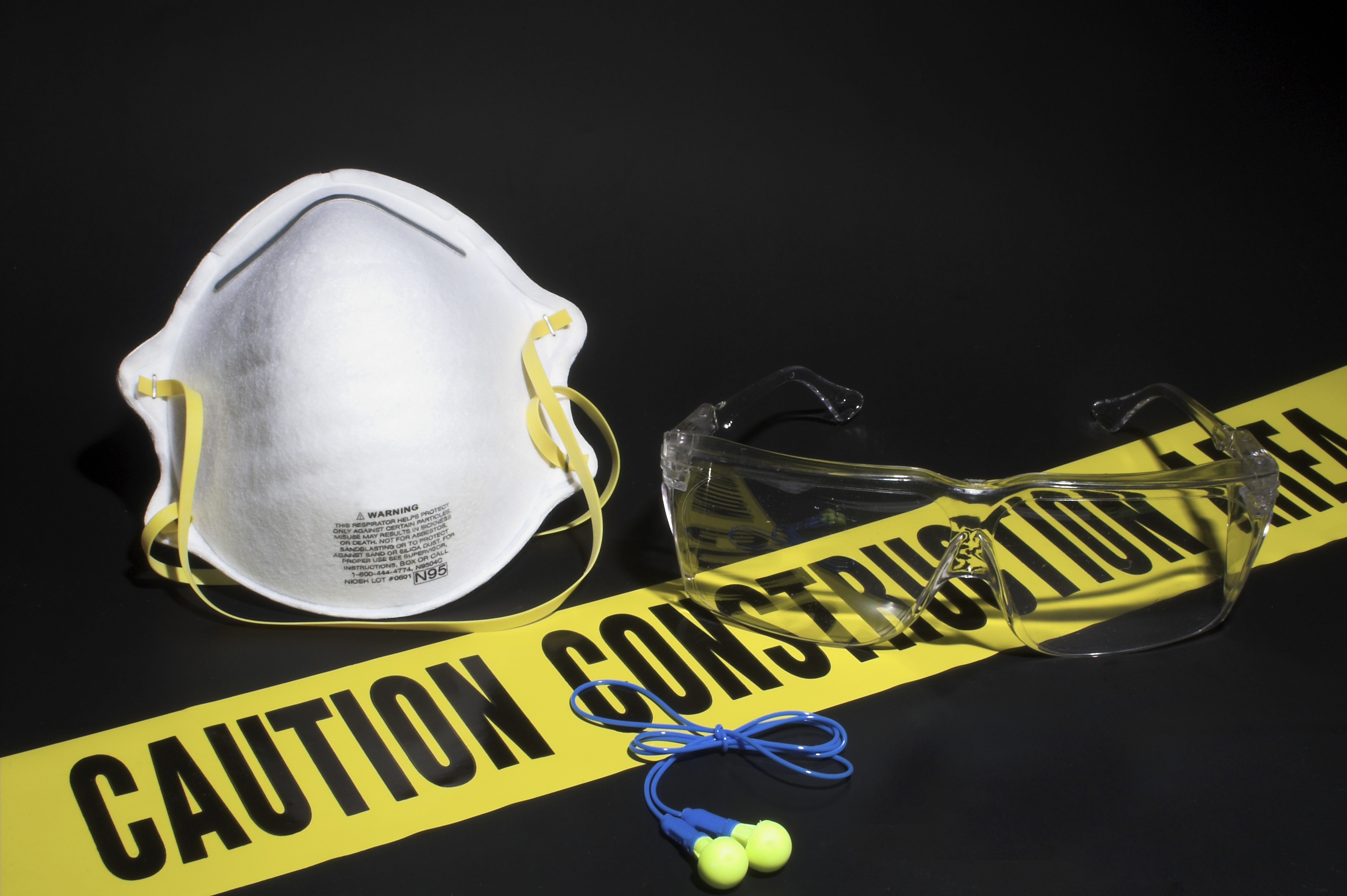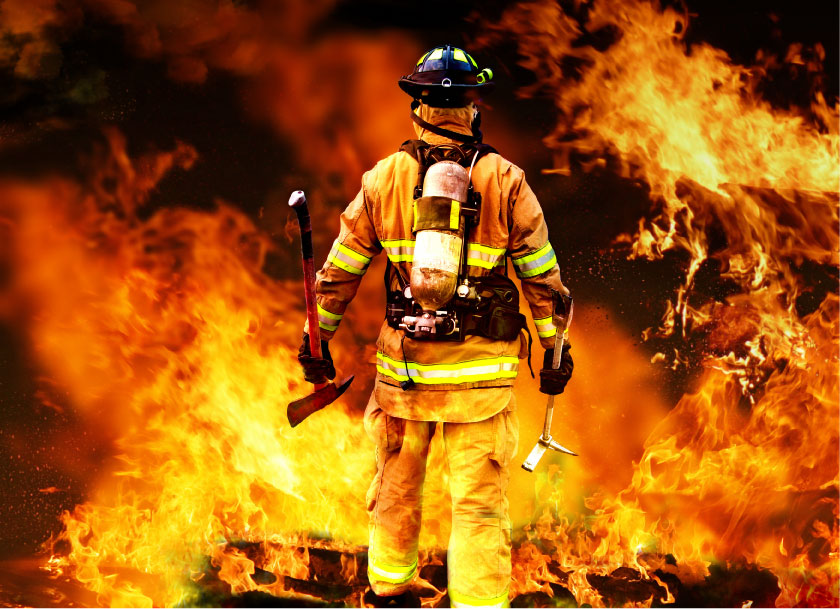Approximately 5 million workers in 1.3 million workplaces are required to use respirator products, according to the Occupational Safety & Health Administration (OSHA). Offering protection against a multitude of different hazards, respirators and other respiratory devices can help reduce incidences of cancer, lung impairment and disease caused by job site exposure. OSHA’s research indicates that compliance with its Respiratory Protection Standards could potentially prevent thousands of illnesses and hundreds of deaths every year in the United States.
What Do Respirators Do?
A respirator is a protective device which reduces exposure to dangerous inhaled substances, including toxic chemicals and other infections particulates. Respirators are considered a vital piece of equipment for work in hazardous environments. Selecting the right type of respirator is critical, and dependent upon each individual workplace. Respirators perform two basic functions: decontaminating breathable air and providing a clean supply of air from an external source.
Air-Purifying Respirators
Particulate respirators, which fall under the category of air-purifying respirators, provide simple, cost-efficient and moderate protection against dust particles, but are an insufficient defense against chemicals, gases and vapors. They work by filtering particles out of breathable air, and are best suited for workplaces with low hazard levels. Also referred to as dust masks, these filtering facepieces are commonly used in healthcare settings for protection against infectious diseases. When particulate respirators become damaged or clogged, they need to be replaced.
Using caution is key when it comes to protecting yourself from workplace hazards.
Chemical cartridge/gas mask respirators are an alternate type of air-purifying respirator. These perform a similar function except they filter chemical gases instead of airborne particulates. This two-piece apparatus includes a cartridge or canister, as well as a facepiece which attaches via straps to the head. The type of filter depends on the hazards to which you will most frequently be exposed. These replaceable cartridges are color-coded to make the selection process easier.
Combination respirators have filters for particulates as well as gases and vapors and can be used in settings which may contain both types of threats.
Supplied Air Respirators
Supplied air respirators provide clean air from an external source. Airline respirators use a hose to deliver clean, compressed air from a stationary source. These lightweight and long lasting devices are appropriate for use in areas where there is no immediate danger.
Combination respirators have a self-contained backup auxiliary air supply, and are ideal for entry into compact spaces, as well as extended use in potentially hazardous environments.
Self-contained breathing apparatus (SCBA) generate their own supply of respirable air. Commonly used by firefighters, SCBAs consist of a wearable air tank, and offer the highest level of protection against toxic chemicals. Weighing in at more than 30 pounds, however, they require specialized training and knowledge regarding use and maintenance. These contain a limited air supply — generally less than an hour — which is dependent on a number of different factors, such as breathing rate. Despite these downsides, SCBAs provide the best protection in hazardous situations.
SCBAs help firefighters perform their lifesaving work.
The Importance of Test Apparatus
A respirator is useless if it doesn’t work to optimal standard. Respirators should provide a snug seal around the entire face during inhalation. Any leaks may cause exposure to contaminated air. While they come in a variety of sizes to accommodate different facial shapes, the only true way to determine whether a respirator works is through fit testing. Kits are available for both face-to-respirator seals and gas/vapor seals which help determine whether performance criteria is being met.
Between contagious diseases, everyday workplace hazards and job site accidents involving toxic chemicals, respirators serve a critical safety purpose. Proper planning and preparation ensures an optimal outcome in any situation.
Byline:
Joanna Hughes is a freelance writer who covers everything from lifestyle and beauty to financial matters, such as getting an auto loan with bad credit.

